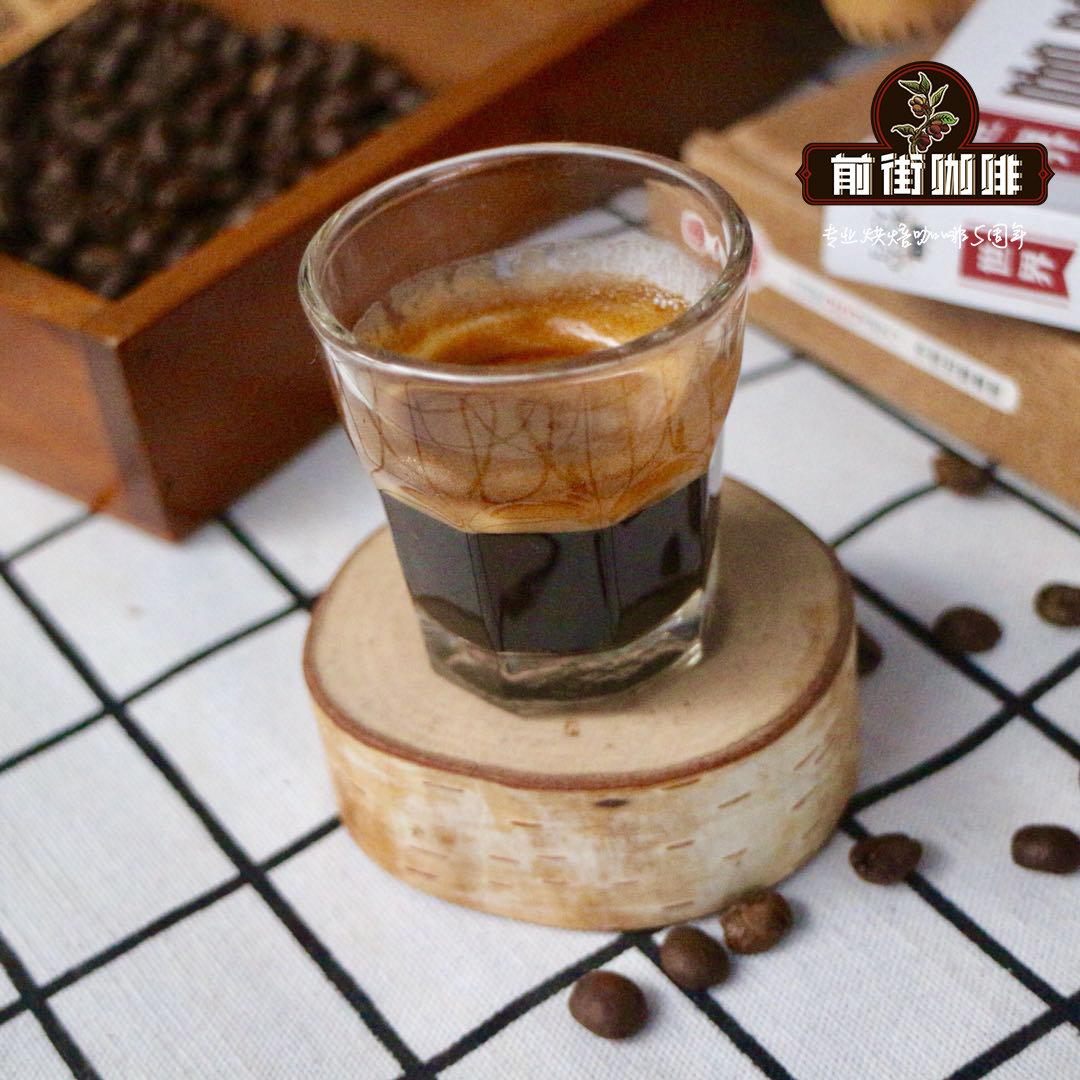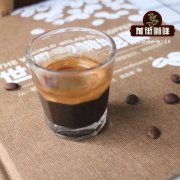Historical Flavor characteristics of Coffee cultivation in Fraijanes Farrakhan Nice Plain of Guatemala

Professional coffee knowledge exchange more coffee bean information please follow the coffee workshop (Wechat official account cafe_style)
Coffee has helped Guatemala's economy in the past century. It is estimated that there are about 120000 coffee producers, accounting for 40% of agricultural exports. As many as 20 of 22 provinces are engaged in coffee cultivation. Almost all areas grow coffee beans, 98% are shaded by trees, and are almost monopolized by Arabica beans. The main sub-varieties are Bourbon, Tipica, Caturra, Catua í, Pache and Pacamara. Guatemala's high altitude and 300 different microclimates, coupled with stable rainfall and fertile soil rich in minerals, are ideal for coffee cultivation in Central America.
Since the early 1990s, Anacaf é has taken the lead according to the characteristics of coffee, growth climate, soil quality and altitude. Eight different producing areas for producing alpine hard beans (SHB) are: Ekat Nango Valley (the Acatenango valley), Antigua (Antigua), Attila (Atitl á n), Coban Rain Forest (Coban á n), Farrakhan Nice Plain (the Fraijanes plateau), Vivetta Nango (Huehuetenango), New Oriental (Nuevo Oriente) and San Marcos volcanic area (San Marcos). The main harvest season is from December to March of the following year. Relatively high-altitude producing areas such as Vivette South fruit can be in April, as long as the harvest is completed, it will be shipped.
Fahannis Fraijanes
The volcanoes in the Fahannis area are quite high above sea level and the soil is rich in pumice. The Farrakhan Plain is still an active volcano, so the coffee in this area is similar to that of Antigua. However, Rain Water's abundance, high and varied humidity, and large temperature difference give the Farrakhan Nice Plain a very different flavor.
Farrakhan Nice Plain / average temperature 12 ℃-26 ℃
The volcano in this area is high above sea level and the soil is rich in pumice. Farrakhan Nice Plain is still an active volcanic area, so that the coffee in this area is similar to Antigua.
However, Rain Water's abundant, high and varied humidity, and large temperature difference give the Farrakhan Nice Plain a very different flavor.
Coffee flavor: elegant aroma, mild and mellow overall texture, with special and pleasant acidity.
Farrakhan Nice Plain Fraijanes Plateau the volcanoes in this area are quite high above sea level and the soil is rich in pumice. The Farrakhan Nice Plain is still an active volcanic area, so the coffee in this area is similar to that of Antigua. However, Rain Water's abundance, high and varied humidity, and temperature difference give the Farrakhan Nice Plain a very different flavor with a rather elegant aroma, a mild and mellow overall texture, and a special and pleasant acidity of 1400-1800
Qianjie coffee: Guangzhou bakery, the store is small but a variety of beans, you can find a variety of unknown beans, but also provide online store services. Https://shop104210103.taobao.com
Important Notice :
前街咖啡 FrontStreet Coffee has moved to new addredd:
FrontStreet Coffee Address: 315,Donghua East Road,GuangZhou
Tel:020 38364473
- Prev

Introduction to the Flavor characteristics of the Historical stories of Coffee planting in Coban Koban Rain Forest in Guatemala Coffee producing area
For more information on coffee beans, please follow the Coffee Workshop (official Wechat account cafe_style) in 1750, Father Jesuit introduced coffee trees to Guatemala, where the coffee industry was developed by German colonization at the end of the 19th century. Today, most of the coffee industry's production takes place in the south of the country. Here it is, Sierra Madr
- Next

Historical Flavor characteristics of San Marcos San Marcos Volcano Coffee in Guatemala
Professional coffee knowledge exchange more coffee bean information please pay attention to the coffee workshop (Wechat official account cafe_style) the latitude of Guatemala is about 15 degrees, because of the long mountains and great regional climate change, it has created eight major coffee producing areas in Guatemala, all located on the highland topography under the subtropical climate, rich and stable rainfall and fertile volcanic ash soil.
Related
- Does Rose Summer choose Blue, Green or Red? Detailed explanation of Rose Summer Coffee plots and Classification in Panamanian Jade Manor
- What is the difference between the origin, producing area, processing plant, cooperative and manor of coffee beans?
- How fine does the espresso powder fit? how to grind the espresso?
- Sca coffee roasting degree color card coffee roasting degree 8 roasting color values what do you mean?
- The practice of lattes: how to make lattes at home
- Introduction to Indonesian Fine Coffee beans-- Java Coffee producing area of Indonesian Arabica Coffee
- How much will the flavor of light and medium roasted rose summer be expressed? What baking level is rose summer suitable for?
- Introduction to the characteristics of washing, sun-drying or wet-planing coffee commonly used in Mantenin, Indonesia
- Price characteristics of Arabica Coffee Bean Starbucks introduction to Manning Coffee Bean Taste producing area Variety Manor
- What is the authentic Yega flavor? What are the flavor characteristics of the really excellent Yejasuffi coffee beans?

